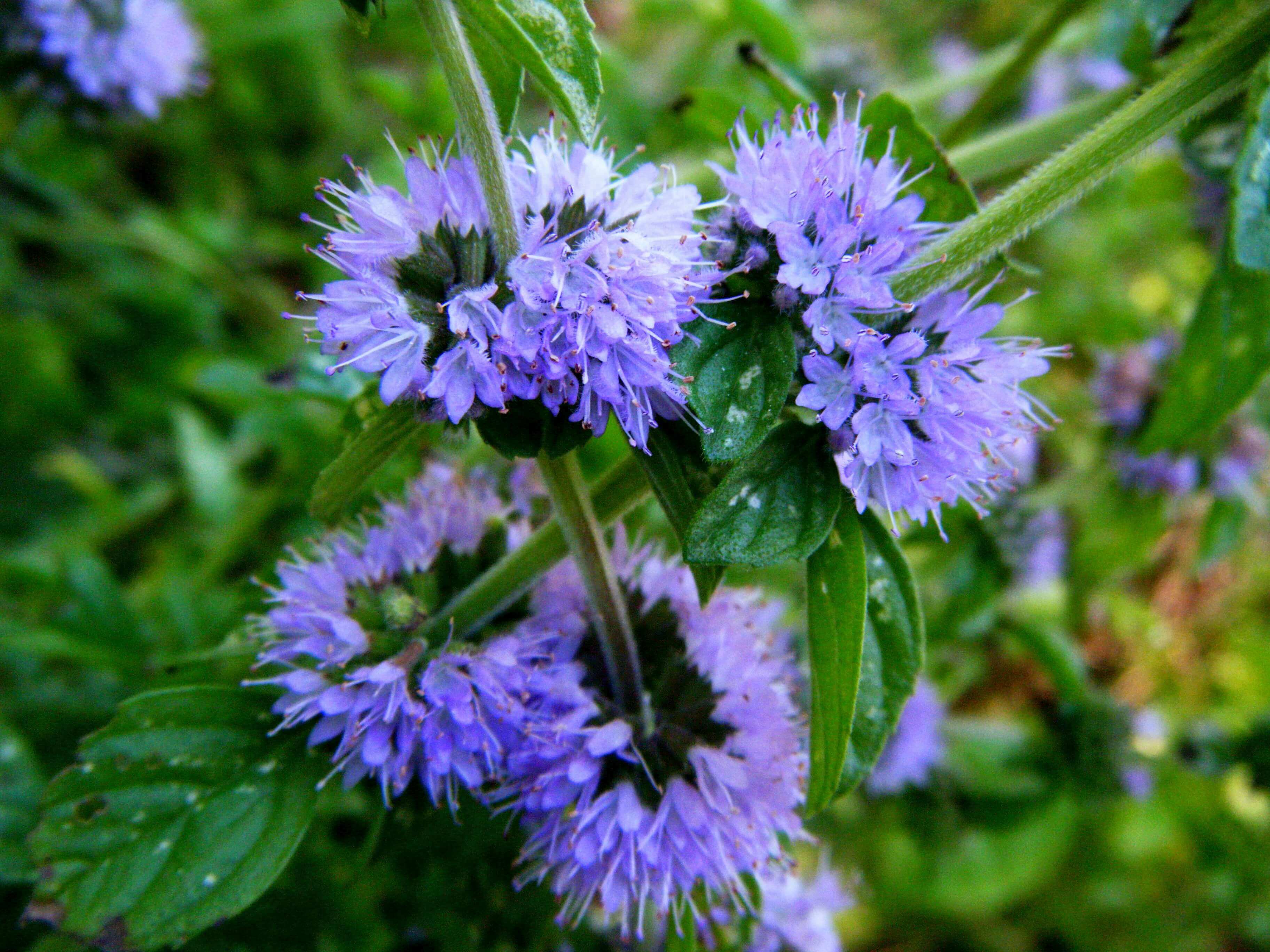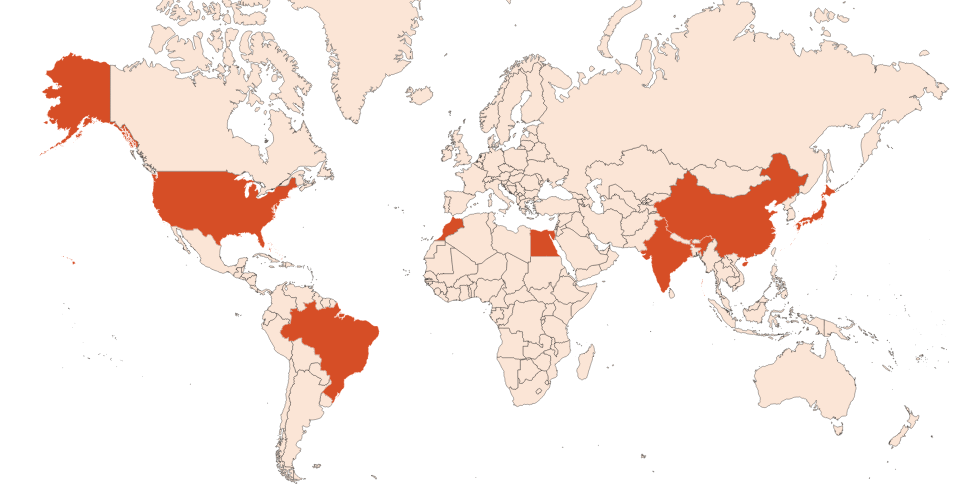
Do you sell any of the raw materials? Would you like to let our users know?
Send an email to fournisseurs@scentree.coto learn about our advertising opportunities.
Do you sell any of the raw materials? Would you like to let our users know?
Send an email to fournisseurs@scentree.coto learn about our advertising opportunities.
General Presentation
-
CAS N° :
90064-00-9 -
EINECS number :
290-061-1 -
FEMA number :
Donnée indisponible.
-
Volatility :
Heart -
Price Range :
€€€
Physico chemical properties
-
Appearance :
Colorless liquid -
Density :
0,930 - 0,940 @20°C -
Refractive Index @20°C :
Data not available. -
Optical rotation :
-
Vapor pressure :
0.1 mmHg @20°C -
Flash Point :
70°C (158°F) -
Acid Value :
Botanical informations
Botanical name :
Mentha pulegium L.
Synonyms : Calamintha fenzlii Vis. // Melissa pulegium (L.) Griseb.
Botanical profile :
Mint is a perennial herbaceous plant belonging to the Lamiaceae family and the genus Mentha L.
The Lamiaceae family is the most important family in perfumery, notably including lavenders, basils, mints, sages, rosemaries, patchoulys, and thymes.
Chemotypes :
There are about 190 accepted species within the genus Mentha L., all growing in temperate and subtropical regions of the world.
In perfumery, we use several species and we can group them according to their main components:
Carvone mints:
- Mentha spicata L.: Mentha spearmint oil / Mentha spearmint SFE / Mentha spearmint absolute
- Mentha longifolia L.: Mentha longifolia oil
Menthol mints:
- Mentha ×piperita L.: Mentha piperita oil / Mentha piperita SFE / Mentha piperita absolute
- Mentha arvensis L.: Mentha arvensis oil
Pulegone mints:
- Mentha pulegium L.: Mentha pulegium oil
Linalool mints:
- Mentha aquatica L.: Mentha citrata oil, also known as “Eau de Cologne Mint”
- Mentha ×gracilis Sole: Mentha gracilis oil
Extractions & Uses
Extraction process :
Mint gets its essential oil from its leaves. The mint fields contain thousands of plants, which can also be experimented with, by crossing two species of mint to easily obtain a new one. Before cultivation, strong drainage is necessary, under sunny weather. During cultivation, it is usually possible to harvest two crops from each plant. The plants are mowed just before flowering and then dried for 2 to 4 hours. The essential oil is extracted by steam distillation for about 2 hours. It is recovered at the outlet of the condenser by decanting in a florentine flask.
Uses in perfumery :
Pennyroyal is used to bring a fresh aromatic note for the perfume head note, giving a powerful and icy signature.
Stability :
Terpenes in this essential oil may polymerize under high oxydation.
Major Components :
- Pulegone (55 - 95%)
- Menthone (1,5 - 30%)
- Isomenthone (5 - 20%)
- 3-Octanol (≈2%)

Photo credits: ScenTree SAS
Other comments :
Compared to other mints, pennyroyal is very hardy, and can grow in very poor soils. Its flowers are recognizable by their purple color.
It is used as a natural pesticide against the invasion of aphids on other leaves.
Pennyroyal used in perfumery is native to Europe. It should not be confused with the American Pennyroyal (Hedeoma pulegioides).
Pennyroyal must not be used in excess, as it is toxic. 2 drops in a quarter of a litre of water is sufficient for use in aromatherapy for example (LD50 = 0.4g/kg).
Regulations & IFRA
Allergens :
This ingredient does not contain any allergen.
IFRA 51th :
This ingredient is not restricted for the 51th amendment

